Beautiful Lakes In Nepal, Nepal a remote country located in Southeast Asia, is one of the largest Himalayas in the world. Nepal is a country with beautiful Himalayan peaks in the north, with eight of the ten highest mountains in the world, including Mount Everest, the highest peak in the world.
The nation has a diverse landscape of biodiversity. Biodiversity is the result of the country’s plants and animals. Trekking in Nepal is one of the most popular sports, with a variety of destinations full of great travel features.
Nepal’s natural resources include icebergs and glaciers. Nepal’s high mountains and glaciers provide water for rivers and lakes.
Nepal is a beautiful place that holds many hectares of green Himalayan waters surrounded by cracks in the mountains as an important source of water.
Many of Nepal’s lakes have a religious significance, and tourists and pilgrims visit them from all over the world. Nepal’s lush lakes are a national treasure, adding to the splendor of the countryside.
Nepal lakes are a natural phenomenon that serves as an important local signator, with water that depicts nearby mountains in its vicinity and the lake’s ingredients are as rare as lapis-lazuli blue.
See Also: Best Trekking Place in Nepal 2022
Rara Lake
Rara National Park is located in the highlands of Nepal in the northwest. The park was established in 1976 to preserve the unique beauty of Lake Rara and to protect the flora and fauna that represent the region.
With an area of 106 square miles [106 sq km], the park is a small protected area of Nepal.
Inside the park, there were two villages: Rara and Chapapru. Residents of the two valleys have been relocated to the Banke district, which is outside the park.
The park’s most spectacular spot is Rara Lake (Mahendra Tal), located at an altitude of 9,000 feet [2990 m]. The lake has an east-west axis and an oval shape, 5 km long and 3 km wide.
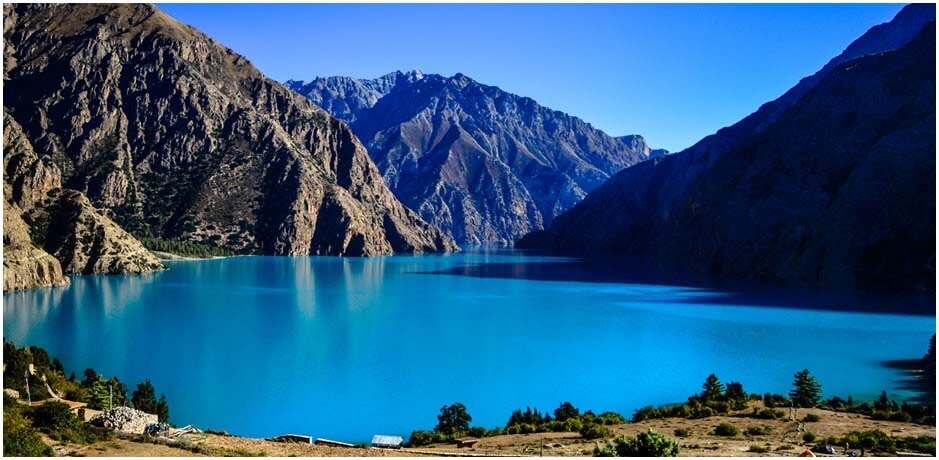
At an altitude of 167 meters and surrounded by beautiful conifer forests, it is the largest lake in Nepal (10.8 square miles). Its blue waters are home to the ice-cold fish (Schizothorax oremus sinuatus), the lake’s only fish.
Many migratory birds can be seen in the winter. The flowers of the Himalayas surround the lake in summer, forming a colorful landscape. Park height from 2800 m to 4039 m. The highest point in the park is the Chuchemara peak (4039 m).
Tilicho Lake
Tilicho Lake is Beautiful Lakes In Nepal, this lake is the highest lake in Nepal, rising at an elevation of 12,500 feet [4919 m] above sea level in the Manang region of the Gandaki Zone. The lake is about 35 miles [55 km] from the beautiful city of Pokhara.
The Tilicho Lake is an iceberg that you should see on a trip to the Annapurna circuit. Snow-white peaks like Khangsar, Nilgiri, Muktinath, and Tilicho peak surround Lake acreage, adding to its beauty.
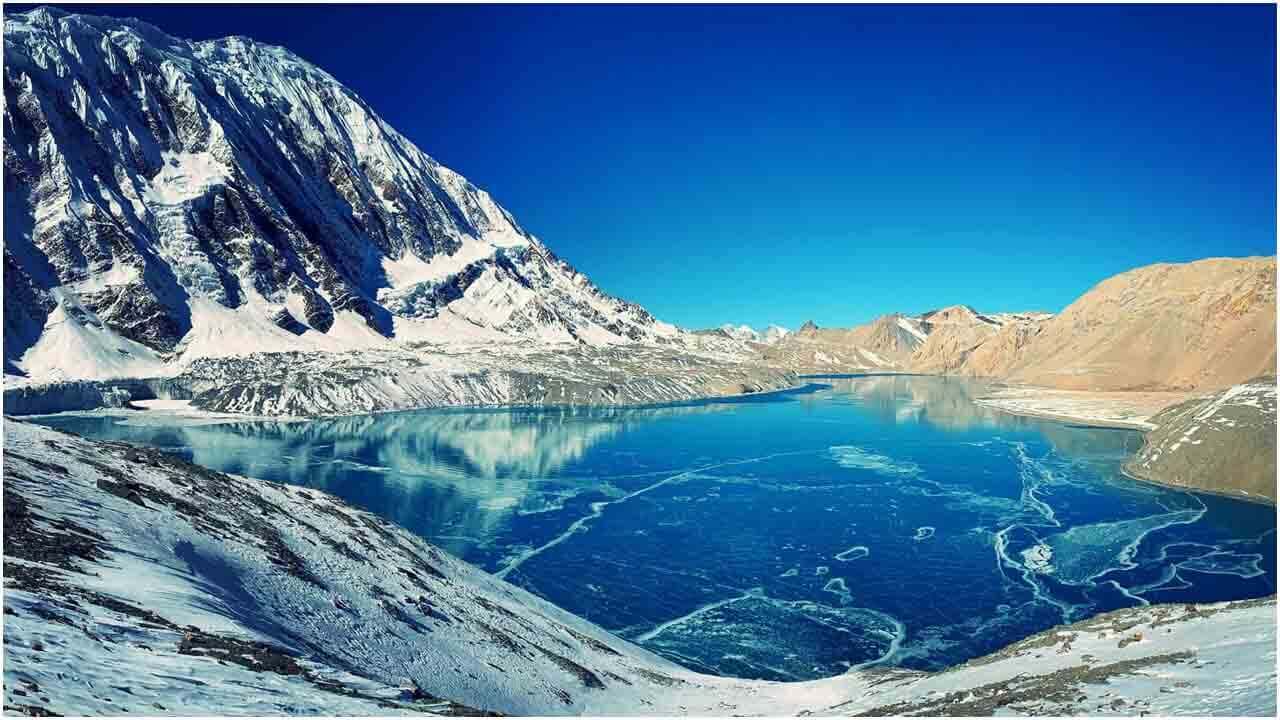
Scuba divers were flocking to the Lake by the early 2000s. It is chilly and frosty in the winter. Finally, because it is in the Annapurna Nature Reserve, tourists must cross the Touring La Pass to get to the Lake. Tilicho Lake is the site of one of the most famous Annapurna Circuit excursions.
The journey takes another 3-4 days. There is no need to tender because new dormitories have been built between Manang and the lake. The final route to the lake is a day trip from where you sleep at Tilicho Base Camp.
Gosaikunda Lake
The pure holy lake is known as Gosaikunda. It is located in the Rasuwa district of Nepal and covers an area of about 13.8 hectares (34 hectares).
It is located between Helambu, Langtang Valley, and Langtang National Park, north of Kathmandu. According to estimates, it is 43 kilometers from Kathmandu. It rises slightly by 12,380 feet above sea level.
This is best known for its sacred pool in Nepal because of the historical belief that the lake is associated with Lord Shiva, the Hindu god of power and destruction. This precious lake continues to offer citizens heavenly blessings.
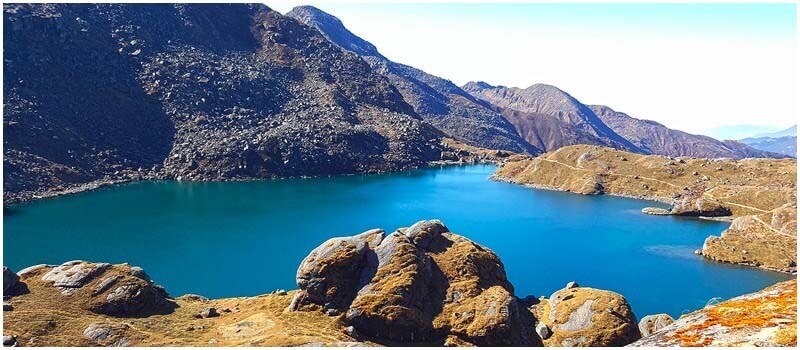
Many people believe that Lord Shiva, who meditated on the Himalayas of Nepal and Tibet, bathed in the lake for the purity of the soul. As a result, Hindus use the same rituals to purify their souls from various sins.
Nepalese people celebrate Janai-Purnima (Nepal’s most popular holiday) on the full day of August, which falls in the month of Shrawan, and Gosaikunda seems to be full of visitors on that day.
On this most important day, Hindus visit the religious Nepali (Nepali Carnival) and celebrate with the Buddhist community.
Langtang Valley Helicopter Tour and Cost 2022 | KTM Airport Travels
Phewa Lake
Phewa Lake is Beautiful Lakes In Nepal, Phewa Lake is a well-known lake in the Nepal Region of Kaski, in the province of Gandaki. The lake, located in Pokhara Valley, is a favorite destination for both local and international tourists.
The lake is known as Phewa Lake as it is close to Phewa village. It is also known as Baidam Lake as it is close to the settlement. Meanwhile, the ‘Barahi Mandir’ position has allowed us to be identified as Barah Mandir again.
The lake offers a spectacular view of Machhapuchhre and the Annapurna Himal. Everyone’s idea is suggested by these pictures. The view of the morning and sunset is amazing and makes the mind happy.
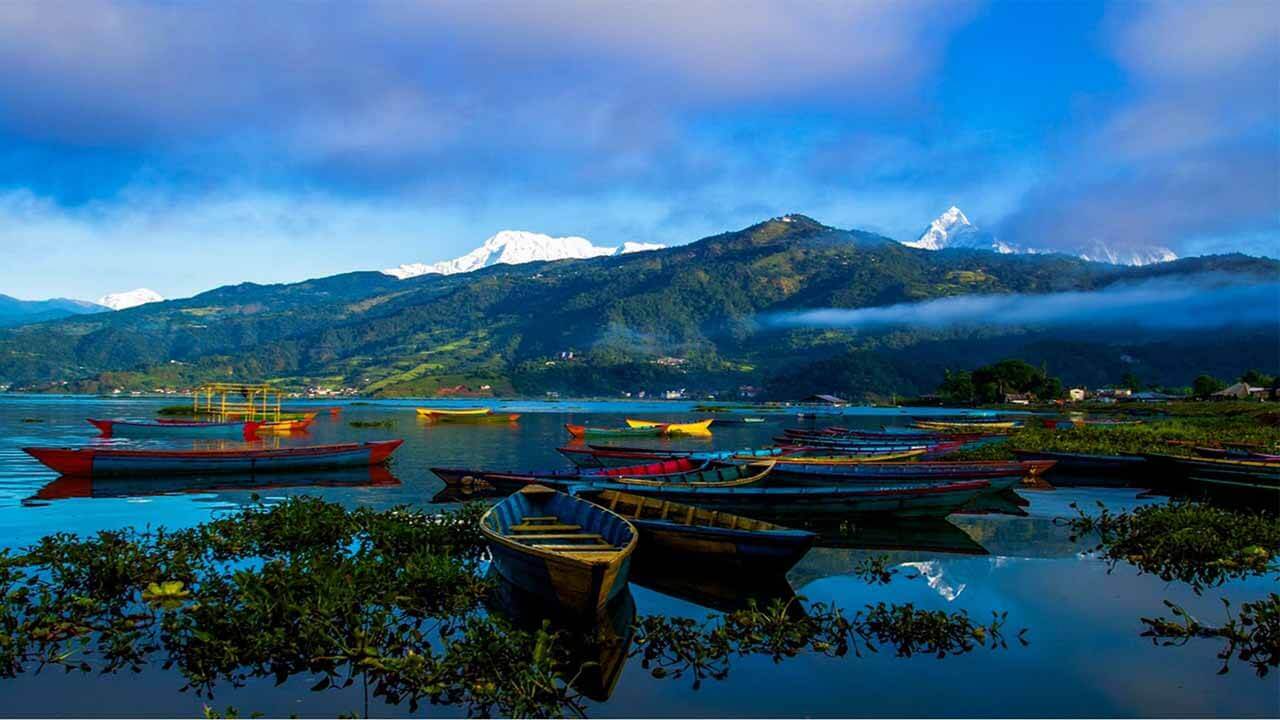
It is the second-largest lake in Nepal and the largest in Pokhara. Phewa Lake is located at an altitude of 742 meters (2,434 feet) above sea level. The lake has an area of about 5.23 square kilometers (2 sq mi).
The lake is 24 meters wide and has an average depth of 8.6 m (28 ft) (79 ft). [2] The maximum capacity of the lake is 430,000,000 cubic meters (35,000-acre-feet).
The Annapurna Range is located 12 miles [28 km] north of the lake. The lake is famous for its clear view of Machhapuchhre, Annapurna, Dhaulagiri, and other high peaks in its waters.
Pokhara Chitwan and Lumbini Tour Cost 2022 | KTM Airport Travels
Gokyo Lake
Gokyo lakes are Beautiful Lakes In Nepal, Gokyo lakes are located in the Solukhumbu district of Sagarmatha district in the northeastern part of Nepal. The oligotrophic lakes are found in Sagarmatha National Park of Nepal.
Gokyo Lakes is the world’s largest freshwater lake system, with six lakes at an altitude of 4,700-5,000 / 15,400-16,400 meters above sea level. Please tell us about all six lakes in Gokyo.
Gokyo Cho: Gokyo Cho, also known as Dudh Pokhari, is one of the six lakes on the list. The lake has an area of 42.9 / 106 hectares and 43 hectares in depth. It is also a very popular lake among tourists from Gokyo Lakes.

Thonak Cho: At an altitude of 35.07 / 160.8 acres, Thonak Cho is the largest of the six pools. It is also the deepest in the list, measuring 62.4 meters.
- Gyazumpa Cho is one of the Gokyo lakes, with an area of 29/72 hectares.
- Tanjung Cho: Gokyo Lakes’ Tanjung Cho has an area of 16.95 hectares / 41.9 hectares.
- Ngojumba Cho: With an area of only 14.39 / 35.6 hectares, it is the smallest lake in the list.
- Longpanga Cho: The Longpanga Cho is one of the Gokyo Lakes, and it is the first to catch your eye when you visit the Gokyo Lakes.
Gokyo Lakes is an important part of Nepal and Hinduism in Nepal. The devotees revered the Gokyo Lakes site as the abode of the “Nag Devta” (God of the Snake).
In addition, on the eastern shore of the lake, there is a temple dedicated to King Vishnu and King Shiva. Hundreds of dedicated people visit the pools during the Janai Purnima festival to bathe in the sacred waters of the pools.
Begnas Lake
Begnas Lake is the second largest lake in the Pokhara Valley. Thanks to its natural beauty, this freshwater lake attracts many visitors. On a clear day, the waters of the lake in the Himalayas reflect the surrounding mountains.
One may choose to relax or enjoy the riverbank. Those who want to get closer to nature and immerse themselves in the amazing landscape of Pokhara Valley should head to Begnas Tal.
It is not only the second largest lake in Pokhara Valley but also the third largest lake in Nepal. Begnas, the twin of Rupa Tal, is the largest of the two and is located southeast of the valley.
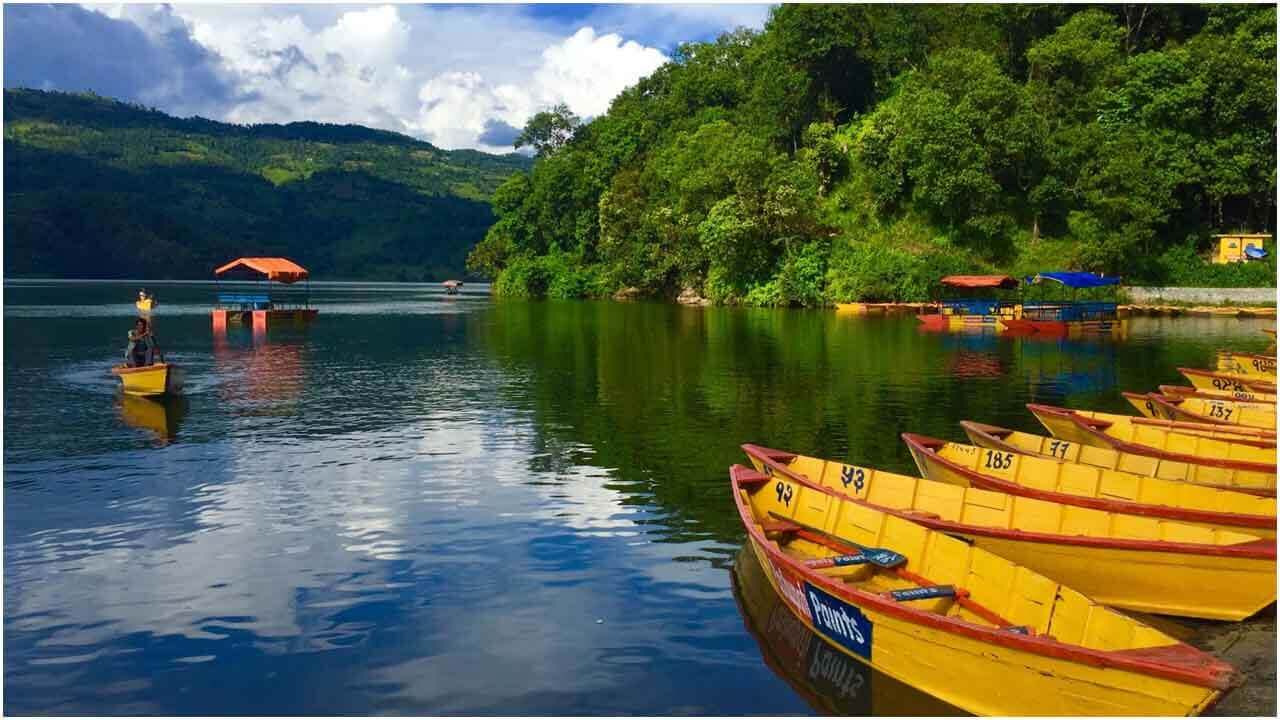
Khudi Khola, a dam built in a western stream, maintains the water level in the lake, providing adequate irrigation throughout the seasons and saving rainfall.
The swamps around the lake are turned into beautiful fields of green rice, while certain areas of water are used for raising fish in the water. The lake’s water supply provides a large portion of the community’s income.
Rupa Lake
Rupa Lake, also known as Rupa Tal, is a freshwater lake in the Kaski region of Nepal. It is the third-largest lake in Nepal’s Pohara Valley, located at an altitude of 600 meters (1,969 feet) and covers an area of 1.35 km2 (0.5 square miles), with a water level of 3 meters and a depth of 6 feet. meters.
Boating services are provided for guests, where they can enjoy a spectacular view. Fishing is another activity that you may enjoy.
Rupa Lake is a gift of Mother Nature that has existed since the beginning of civilization. The lake does not receive much attention because it is far from the Pokhara continent.
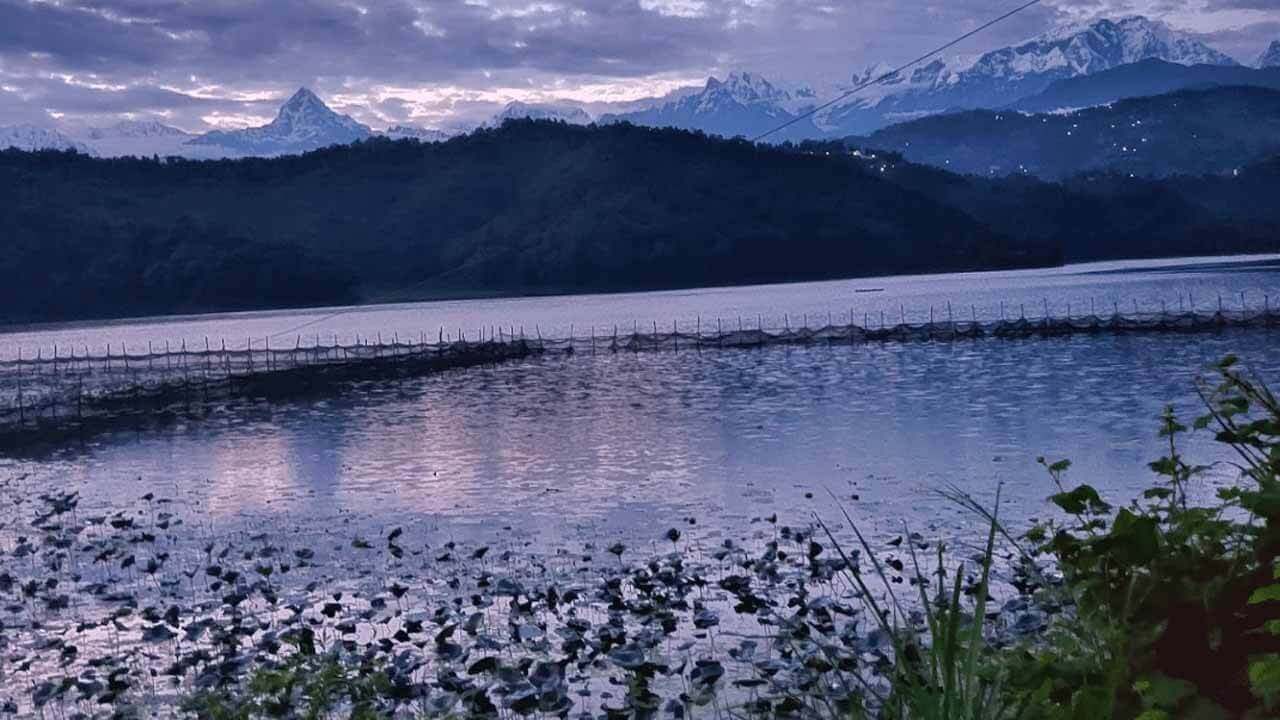
Rupa Lake has recently received a lot of attention and gratitude due to the collapse of the tourism industry. It is less crowded than Phewa Lake, and you may enjoy the quiet conversation with the birds.
Rupa Lake has an average depth of 3m and closed fishing grounds. The cage fishing industry is one of the main contributors to the lake’s economy.
The greenery and the animals around the lake are also worthy of praise. Many species of waterfowl can be found here, as well as a few rare freshwater fish. The taste is delicious and healthy.
Shey Phoksundo Lake
Shey-Phoksondo National Park has Lake Phoksondo, a freshwater lake. It is a beautiful sapphire island that impresses with its natural beauty. Phoksundo Lake, located at Dolpo at an altitude of 3611 meters, is also the Ramsar Site. The town of Ringmo sits on a dumping lake that produced Lake, from 30,000 to 40,000 years old.
After passing through the gate, the water of the Lake sank over a waterfall of 167 feet [167 m]. The southern shore of the lake is adorned with more than 20 stupas, and the eastern slope has only one stupa. Annual prayers and worship are held here.
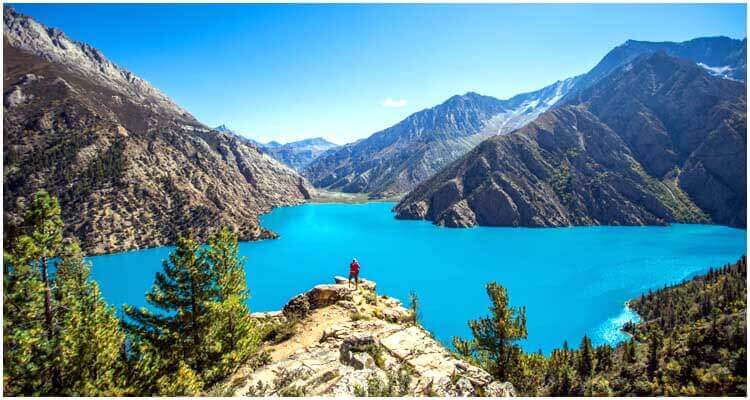
The Upper Dolpo practiced the traditional Tibetan culture, while the lower Dolpo practiced Buddhism and the Bon, making Phoksundo Lake a popular tourist destination.
Lower and Upper Dolpo Trekking is best known for its magnificent beauty, rich cultural diversity, and spectacular mountain scenery.
Mai Pokhari
The Maipokhari Ramsar Reserve is one of the most beautiful wetlands in the Midland Mountains. With diversity, solitude, and solitude, it is eighteen miles north of the Ilam bazaar.
According to the Hindu inscription “Mahabharata,” the Pandav children passed through Baraha chhetra, Arjundhara, and Maipokhari. They live within their entire living space.
It is a shrine to Hindus, Buddhists, and Kirat. The Shiva shrine, the Saraswati shrine, and the Bhagawati shrine are all part of the Tashi Choling spirit community. Major exhibitions are held in these regions throughout the Thuad Ekadashi.
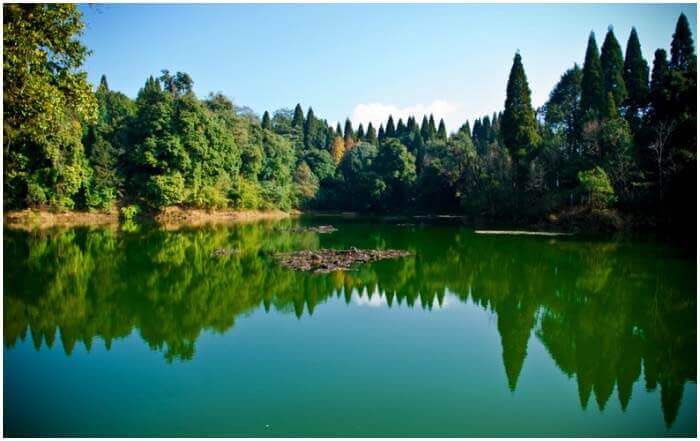
Maipokhari is a typical star-shaped lake in the Ilam region of Asia. It has nine corners, each praising the other god. The lake is surrounded by a rich, barren forest that is home to very different and unique plants.
Orchids, rhododendrons, and porcupines are examples. One will invest in energy here, as well as in eight different lakes. Finding pleasure in natural beauty, flooding, and fishing.
Ghodaghodi Lake
Ghodaghodi Lake is a pool of freshwater to the west. It was built in August 2003 at an altitude of 205 feet [205 m] above sea level. It covers 2,563 hectares on the lower slopes of the Kailali District in Siwalik Hills.
The word ‘Ghodaghodi’ comes from the Nepali name for men and women. Ghodaghodi Tal is made up of nine lakes: Ghodaghodi, Ojhuwa, Purbi Ojhuwa, Chaitya, Baishawan, Sunpokhari, Nakhrodi, Budhi Nakhrodi, and Ramphal.
The crushed recluse of Lord Shiva and Parvati became a horse, traditionally. The lake was previously surrounded by God Shiva and Goddess Parvati. Lake Gododoghodi is now an important place of devotion to the people of Tarsus.
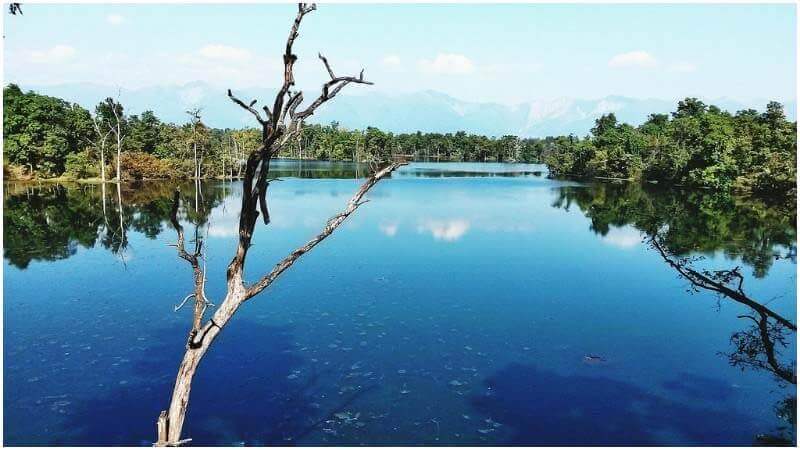
On the shore of the lake, there is a small temple. During the Agahan Panchami and Maghi Festivals, many Tharas gather. They gave to the goddess Gauri Mata clay horses, elephants, and tigers to make their wishes come true.
The lake has become a major part of the population living near it. Because the environment is so fertile, it offers excellent opportunities for farming and designing cattle.
In addition, the lake provides residents with fodder, and firewood, an opportunity to develop tourism, and a beautiful fishing area.
Ghodaghodi Lake has contributed to the mild climate in the region, as well as preventing flooding and flooding of groundwater.
Mustang Tour Package Price and Itinerary 2022 | KTM Airport Travels
FAQ’s Beautiful Lakes In Nepal
Which is the deepest tal of Nepal?
Shey Phoksundo Lake is the deepest lake in Nepal.
Which is the second biggest lake in Nepal?
Phewa Lake is the second biggest lake in Nepal
Which is famous lake?
Rara Lake is the most famous lake in Nepal.
Which is the tallest lake of Nepal?
Tilicho Lake is the tallest lake in Nepal

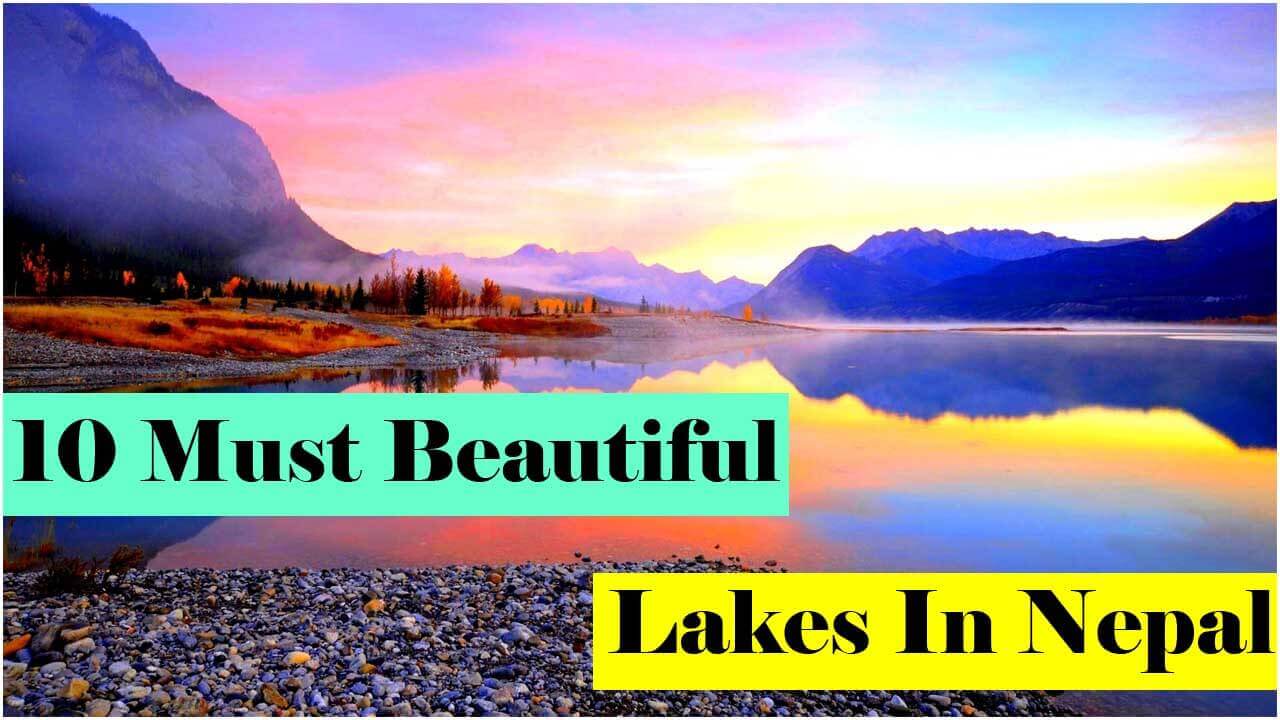

1 Comment
[…] 10 Most Beautiful Lakes In Nepal | KTM Airport Travels […]